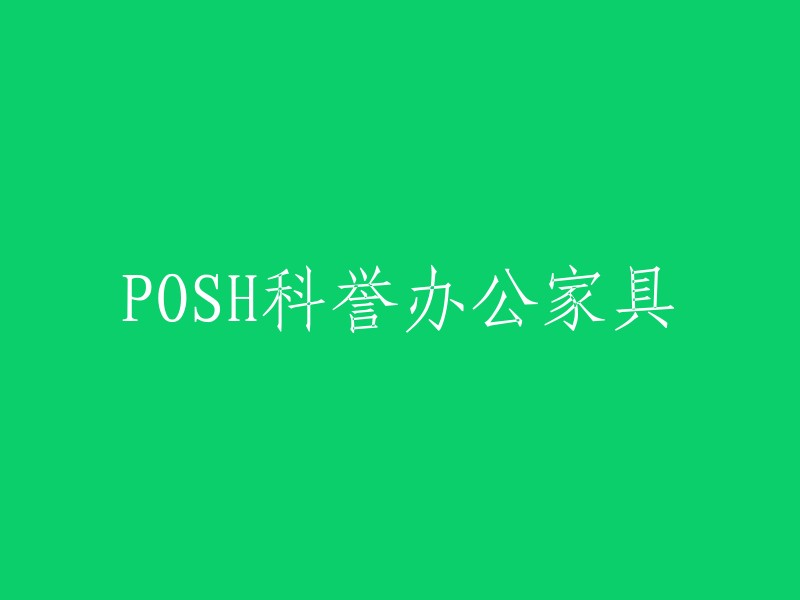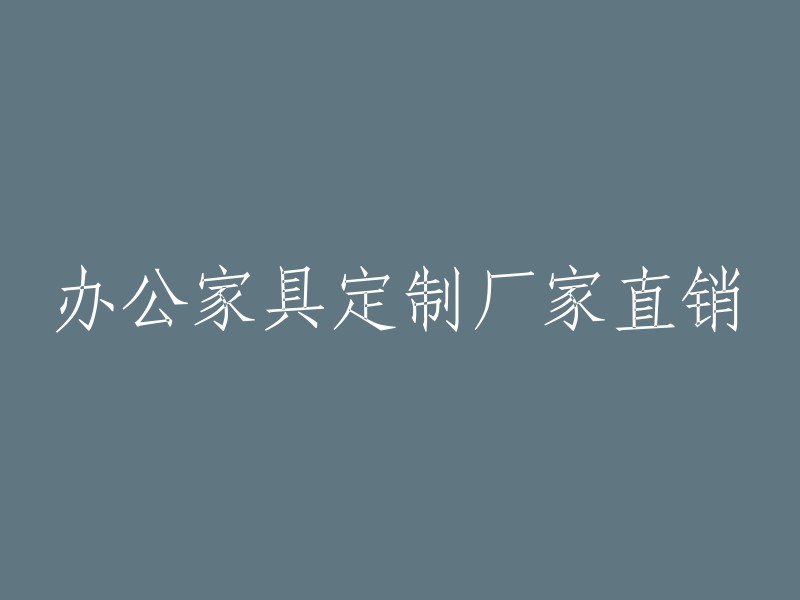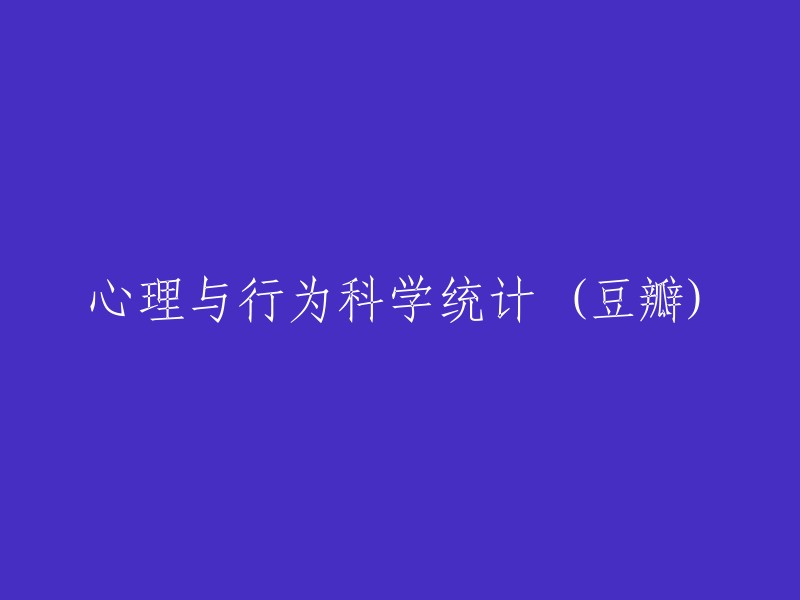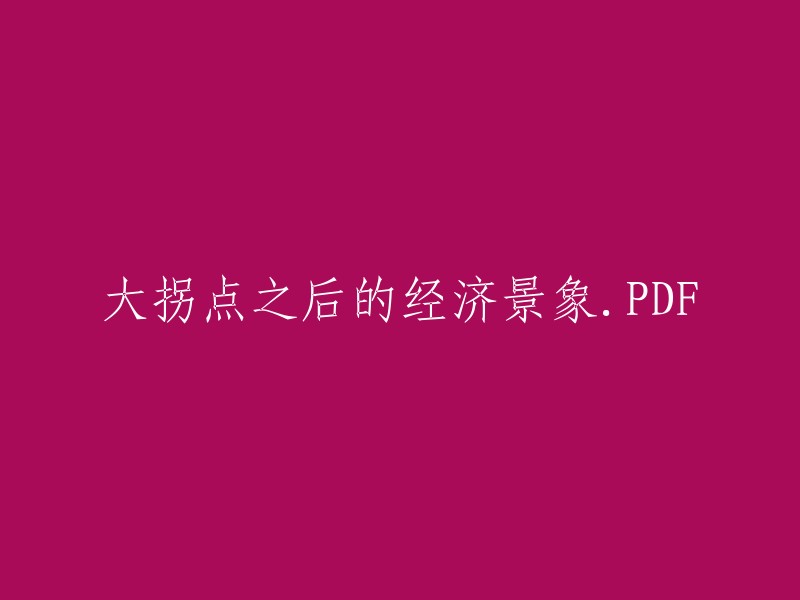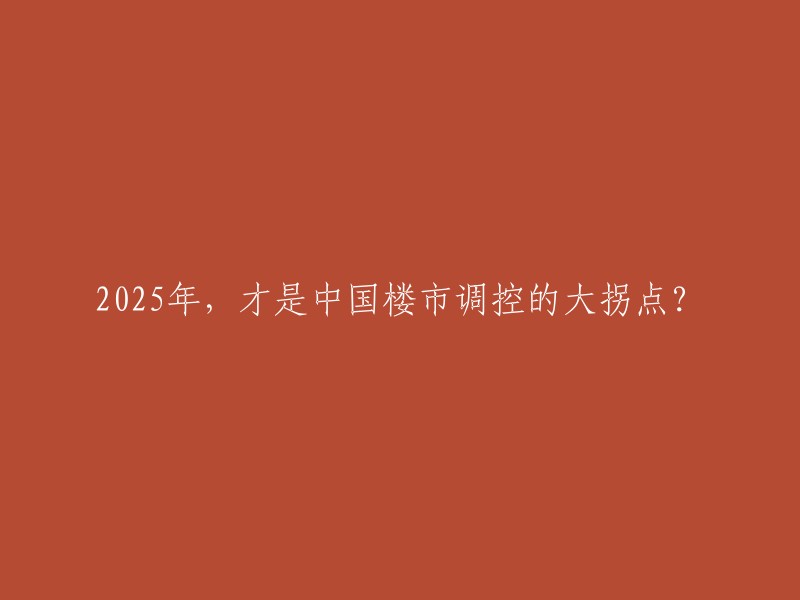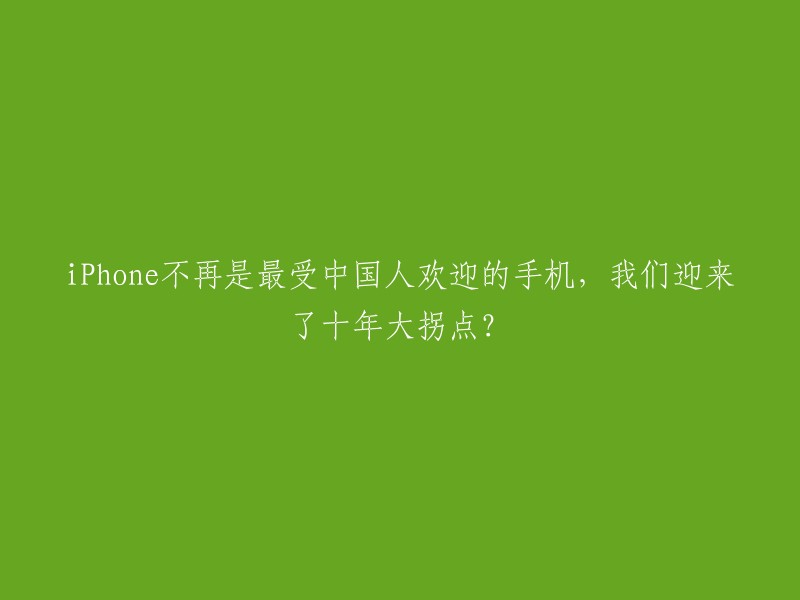VelocityTracker简介:
`android.view.VelocityTracker`主要用于跟踪触摸屏事件(如flinging事件和其他手势事件)的速率。通过调用`addMovement(MotionEvent)`函数将`MotionEvent`加入到`VelocityTracker`类实例中。在使用`getXVelocity()`或`getYVelocity()`方法获取横向和竖向的速率之前,需要先调用`computeCurrentVelocity(int)`来初始化速率的单位。
使用方法:
1. 创建`VelocityTracker`对象,并将触摸界面的滑动事件加入到`VelocityTracker`中。
```java
if (mVelocityTracker == null) {
mVelocityTracker = VelocityTracker.obtain();
}
mVelocityTracker.addMovement(event);
```
2. 设置移动速度单位为像素/10000ms,即1000毫秒内移动的像素。
```java
mVelocityTracker.computeCurrentVelocity(1000); //获取手指在界面滑动的速度。
int velocity = (int) mVelocityTracker.getXVelocity();
```
3. 回收对象。
```java
mVelocityTracker.recycle();
mVelocityTracker = null;
```
示例:
下面我们写一个例子用来简单演示下`VelocityTracker`的使用方法,这个例子的功能很简单,就是捕获手指横向的滑动速度,并显示在一个TextView上。
以下是重构后的内容:
```java
public class MainActivity extends AppCompatActivity {
private VelocityTracker mVelocityTracker;
private TextView textView;
@Override
protected void onCreate(Bundle savedInstanceState) {
super.onCreate(savedInstanceState);
setContentView(R.layout.activity_main);
LinearLayout linearLayout = (LinearLayout) findViewById(R.id.line1);
textView = (TextView) findViewById(R.id.txt1);
linearLayout.setOnTouchListener(new View.OnTouchListener() {
@Override
public boolean onTouch(View v, MotionEvent event) {
//创建VelocityTracker对象,并将触摸content界面的滑动事件加入到VelocityTracker当中。
if (mVelocityTracker == null) {
mVelocityTracker = VelocityTracker.obtain();
}
mVelocityTracker.addMovement(event);
switch (event.getAction()){
case MotionEvent.ACTION_DOWN:
break;
case MotionEvent.ACTION_MOVE:
//设置移动速度单位为:像素/10000ms,即1000毫秒内移动的像素
mVelocityTracker.computeCurrentVelocity(1000);
//获取手指在界面滑动的速度。
int velocity = (int) mVelocityTracker.getXVelocity();
textView.setText(velocity+"");
break;
case MotionEvent.ACTION_UP:
//回收对象
mVelocityTracker.recycle();
mVelocityTracker = null;
break;
}
return true;
}
});
}
}
```
以下是重构后的内容,保持了原始的段落结构:
```xml
xmlns:tools="http://schemas.android.com/tools" android:id="@+id/line1" android:layout_width="match_parent" android:layout_height="match_parent" android:paddingBottom="@dimen/activity_vertical_margin" android:paddingLeft="@dimen/activity_horizontal_margin" android:paddingRight="@dimen/activity_horizontal_margin" android:paddingTop="@dimen/activity_vertical_margin" android:weightSum="1" tools:context="com.demo.ian.velocitytrackerdemo.MainActivity"> android:id="@+id/txt1" android:layout_width="match_parent" android:layout_height="89dp" android:layout_alignParentEnd="true" android:layout_alignParentRight="true" android:gravity="center" android:text="Hello World!" android:textAlignment="center"/>
```
以下是重构后的内容,并以适当的段落结构呈现:在运行过程中,系统会自动检测当前系统中所有用户所使用的时间和空间情况,并生成相应的报告。这些报告包括了每个用户的总时间、空闲时间以及各种操作的详细信息。通过这些数据,管理员可以更好地了解系统的使用情况,并对系统的运行状态进行监控和管理。此外,系统还支持自定义时间段的查询和统计,方便管理员对特定时间段的数据进行分析和处理。

